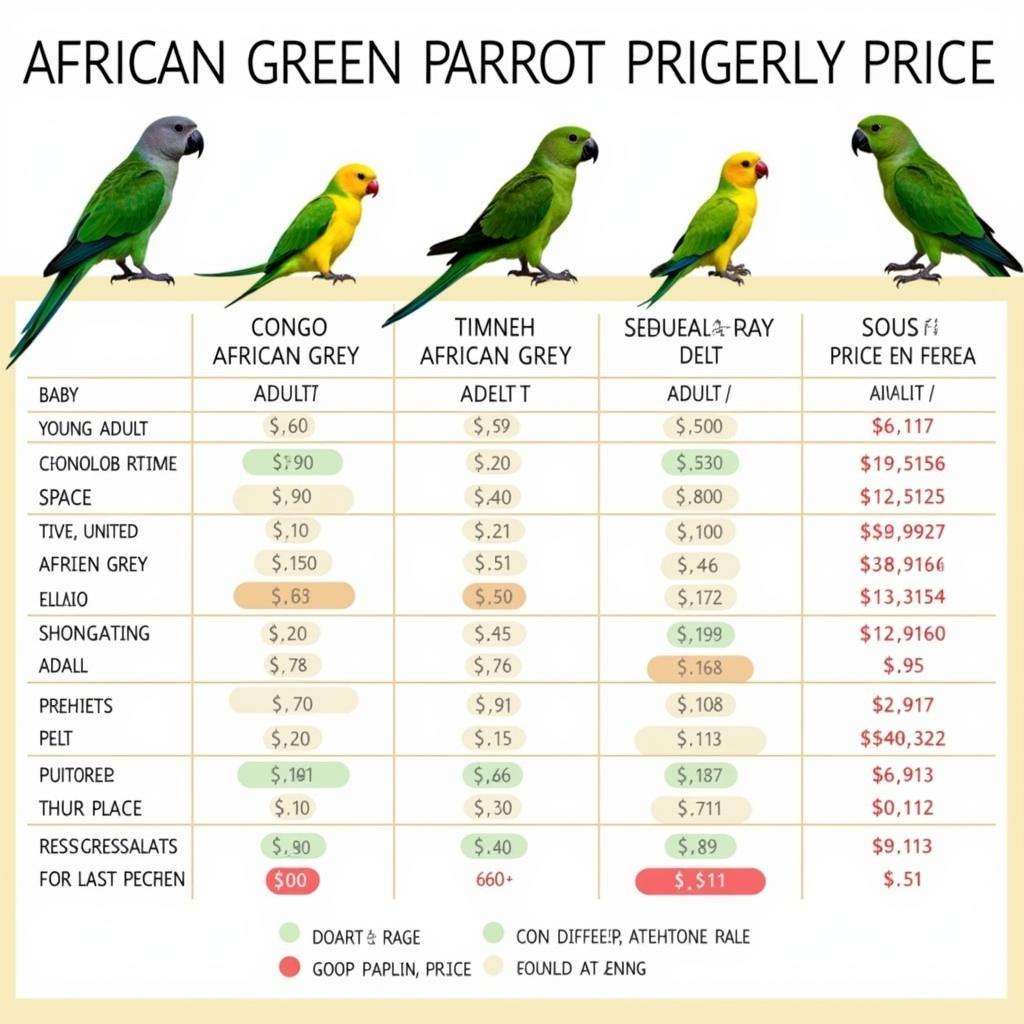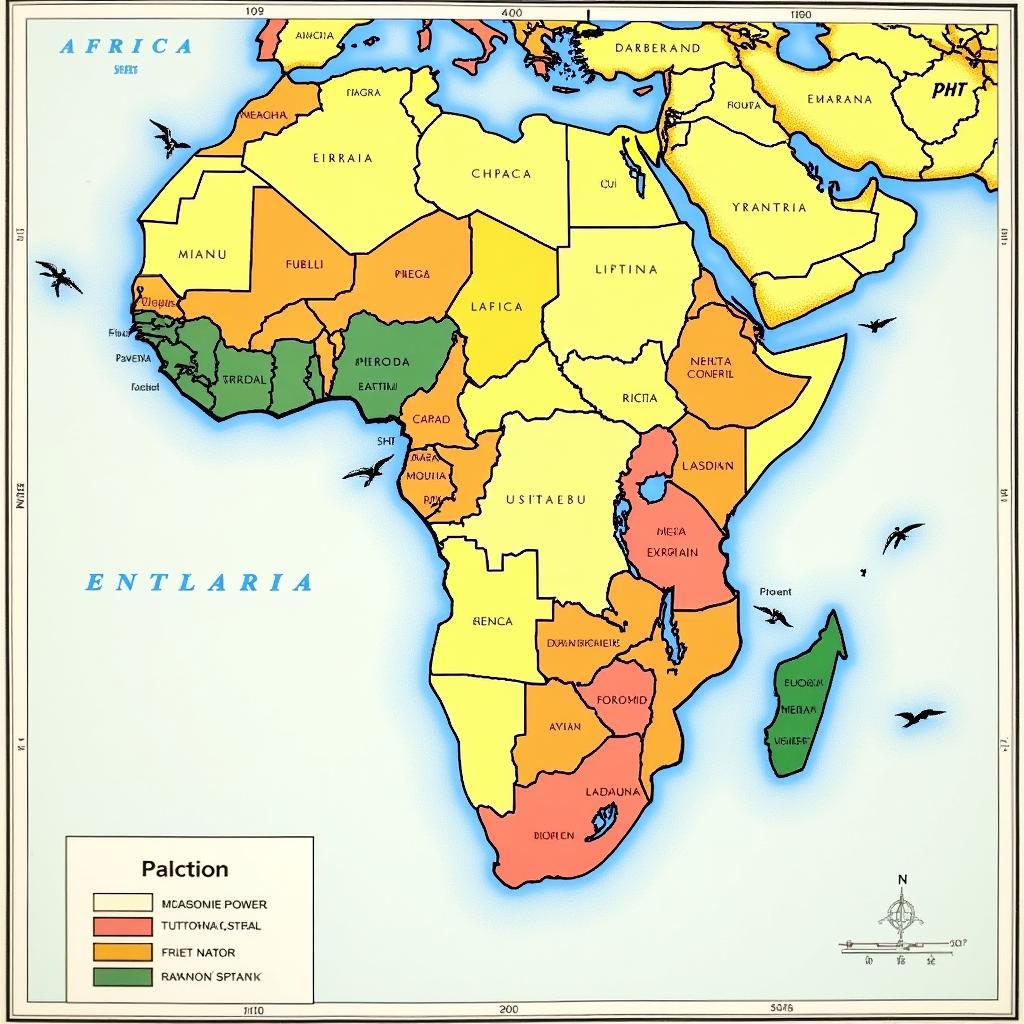Unveiling the African Giraffe Catfish
The African Giraffe Catfish, scientifically known as Auchenoglanis occidentalis, is a fascinating species native to the freshwaters of Africa. This intriguing fish gets its name from its unique, giraffe-like markings and elongated barbels, reminiscent of a giraffe’s graceful neck. Let’s delve into the world of this remarkable creature.
Habitat and Distribution of the African Giraffe Catfish
The African giraffe catfish thrives in the diverse river systems of West and Central Africa, including the Nile, Niger, Congo, and Volta basins. They prefer murky waters with sandy or muddy bottoms, allowing them to utilize their sensitive barbels to locate food in the low-visibility environment. These catfish are incredibly adaptable and can tolerate a range of water conditions, contributing to their widespread distribution across the continent.
Water Parameters and Tank Setup for African Giraffe Catfish
For those interested in keeping African giraffe catfish in an aquarium, it’s crucial to replicate their natural environment as closely as possible. A spacious tank is essential, as these fish can grow up to 12 inches long. A fine sand substrate is recommended, along with plenty of hiding places like rocks, driftwood, and caves. Maintaining a water temperature between 75-82°F (24-28°C), a pH of 6.5-7.5, and moderate water hardness is ideal for their well-being.
Diet and Feeding Habits of the African Giraffe Catfish
The African giraffe catfish is a nocturnal omnivore, primarily feeding on insects, crustaceans, mollusks, and small fish in the wild. In an aquarium setting, they readily accept sinking pellets, frozen foods like bloodworms and brine shrimp, and even small pieces of vegetables. It’s important to provide a varied diet to ensure they receive all the necessary nutrients for optimal health and growth.
Feeding Frequency and Quantity for African Giraffe Catfish
Feeding your African giraffe catfish once or twice a day is sufficient. The amount of food should be enough for them to consume within a few minutes, preventing uneaten food from decaying and affecting water quality. Overfeeding can lead to obesity and other health issues, so it’s best to monitor their intake and adjust accordingly.
Behavior and Social Interactions of the African Giraffe Catfish
African giraffe catfish are generally peaceful and can be kept in community tanks with other similarly sized, non-aggressive fish. However, they can become territorial with their own species, especially in smaller tanks. They are active and engaging fish, often seen exploring their surroundings and interacting with their tank mates. Their unique behavior and captivating markings make them a popular choice for aquarium enthusiasts.
Tank Mates for African Giraffe Catfish
Choosing appropriate tank mates for African giraffe catfish is essential for maintaining a harmonious aquarium environment. Suitable tank mates include larger tetras, cichlids, and other peaceful catfish species. Avoid keeping them with small fish that could be seen as prey.
“The African giraffe catfish, with its intriguing markings and gentle nature, is a captivating species to observe. They’re a wonderful addition to any community tank, adding a unique touch of African biodiversity to the aquatic landscape,” says Dr. Akinyi Otieno, a leading expert in African freshwater fish ecology.
Distinguishing Features of the Auchenoglanis occidentalis
The African giraffe catfish possesses distinct physical characteristics that set it apart from other catfish species. Its most prominent feature is the network of dark brown or black spots and stripes covering its yellowish-brown body, resembling the pattern of a giraffe’s coat. Its elongated barbels, which aid in locating food, are another distinctive characteristic. The Auchenoglanis occidentalis also has a sturdy body and a slightly flattened head.
 Close-up of African Giraffe Catfish
Close-up of African Giraffe Catfish
Conclusion: The Allure of the African Giraffe Catfish
The African giraffe catfish is more than just an aquarium fish; it represents a piece of Africa’s rich biodiversity. Understanding its unique characteristics, habitat preferences, and care requirements allows us to appreciate the intricacies of this fascinating species. Whether you’re a seasoned aquarist or simply captivated by the wonders of the natural world, the African giraffe catfish offers a glimpse into the vibrant aquatic ecosystems of Africa. If you’re considering adding an African giraffe catfish to your aquarium, remember to prioritize their well-being by providing a suitable environment and a balanced diet.
FAQ about African Giraffe Catfish
- How big do African giraffe catfish get? They can grow up to 12 inches long.
- What do African giraffe catfish eat? They are omnivores, eating insects, crustaceans, and small fish in the wild; sinking pellets and frozen foods in aquariums.
- Are African giraffe catfish aggressive? They are generally peaceful but can be territorial with their own species.
- What are the ideal water parameters for African giraffe catfish? 75-82°F (24-28°C), pH of 6.5-7.5, and moderate water hardness.
- Can African giraffe catfish live with other fish? Yes, with similarly sized, non-aggressive species.
- How often should I feed my African giraffe catfish? Once or twice a day, enough food for them to consume within a few minutes.
- What kind of substrate is best for African giraffe catfish? Fine sand is recommended.
Scenarios and Corresponding Questions
Scenario 1: Your African giraffe catfish is not eating. Question: What could be causing my African giraffe catfish to lose its appetite? Is it sick, stressed, or is there a problem with the water parameters?
Scenario 2: Your African giraffe catfish is hiding all the time. Question: Why is my African giraffe catfish constantly hiding? Is it being bullied by tank mates, or does it need more hiding places?
Scenario 3: Your African giraffe catfish has white spots on its body. Question: What are these white spots on my African giraffe catfish, and how do I treat them?
Further Exploration
For more information on African aquatic life, explore our articles on other catfish species and setting up a thriving community tank.
When you need assistance, please contact us via Phone: +255768904061, Email: kaka.mag@gmail.com Or visit us at: Mbarali DC Mawindi, Kangaga, Tanzania. We have a 24/7 customer service team.

